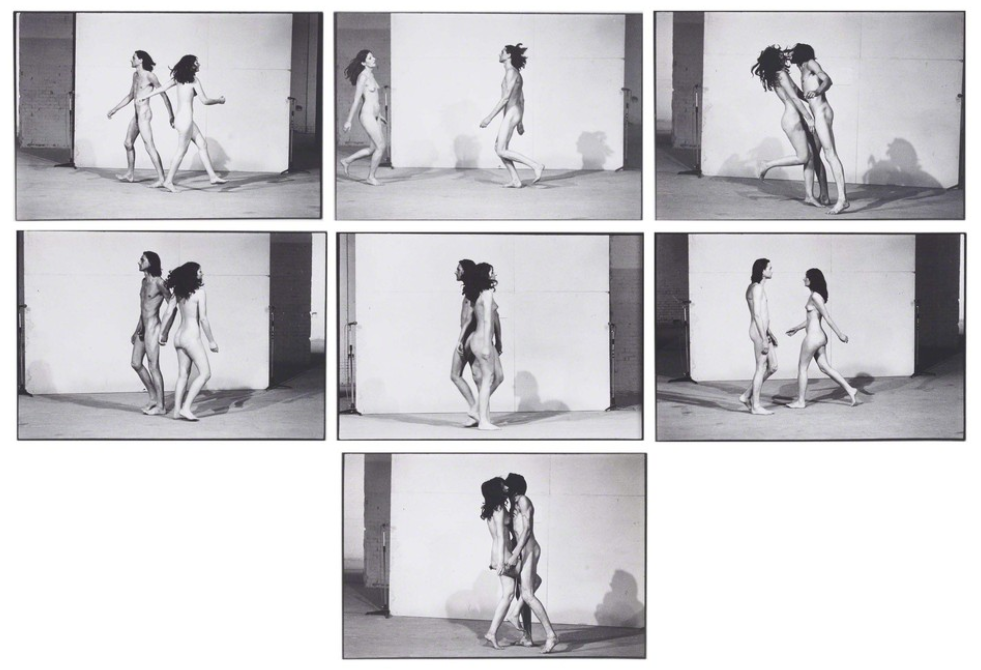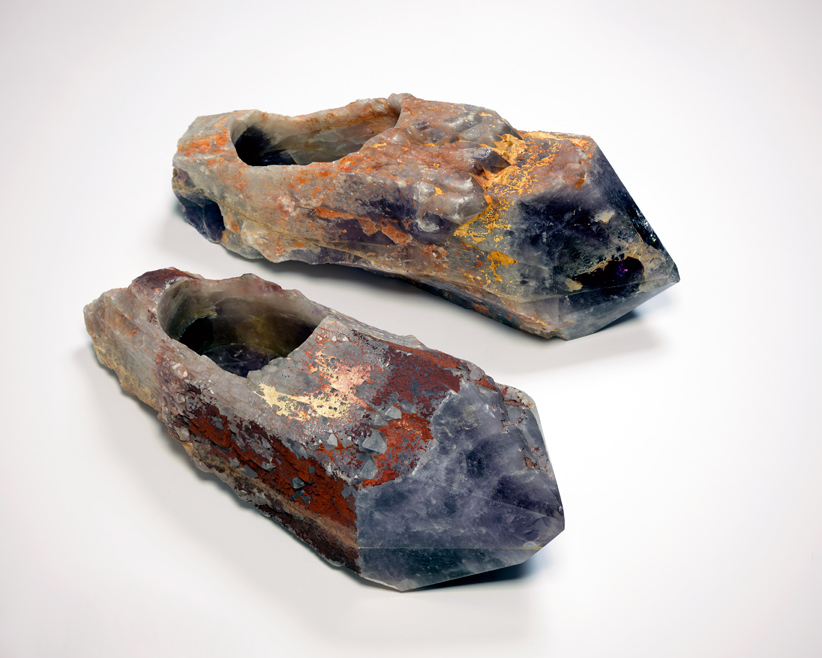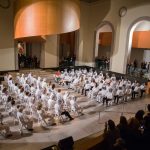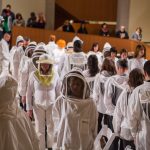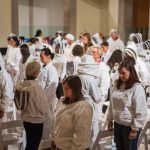“Performed on the 16th of July at the Venice Biennale in 1976 with Ulay. In Relation in Space (1976) they ran into each other repeatedly for an hour – mixing male and female energy into the third component called “that self.”” (credit)
Category Archives: Embodiment or Mind Body Connection
Daniel Crooks, On Perspective and Motion – Part II (2006)
On Perspective and Motion – Part II from Daniel Crooks on Vimeo.
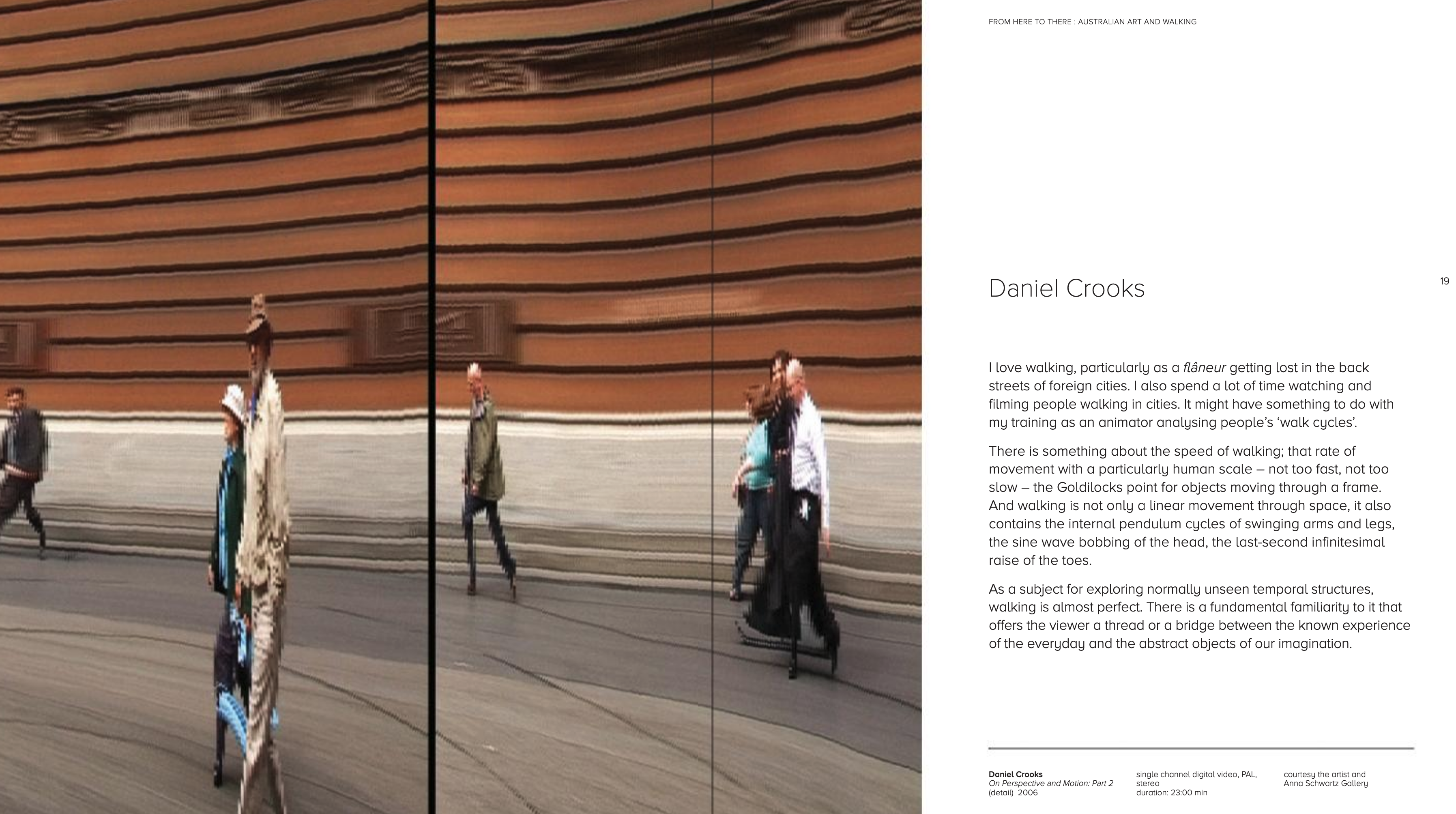
“I Love walking, particularly as a flaneur getting Lost in the back streets of foreign cities. I also spend a Lot of time watching and filming people walking in cities. It might have something to do with my training as an animator analysing people’s ‘walk cycles’.
There is something about the speed of walking; that rate of movement with a particularly human scale – not too fast, not too slow – the Goldilocks point for objects moving through a frame. And walking is not only a Linear movement through space, it also contains the internal pendulum cycles of swinging arms and Legs, the sine wave bobbing of the head, the Last-second infinitesimal raise of the toes.
As a subject for exploring normally unseen temporal structures, walking is almost perfect. There is a fundamental familiarity to it that offers the viewer a thread or a bridge between the known experience of the everyday and the abstract objects of our imagination.” (credit)
Diane Borsato, Touching 1000 People (2001-2003)
”
Hiwa K, Pre-Image (Blind as the Mother Tongue) (2017)
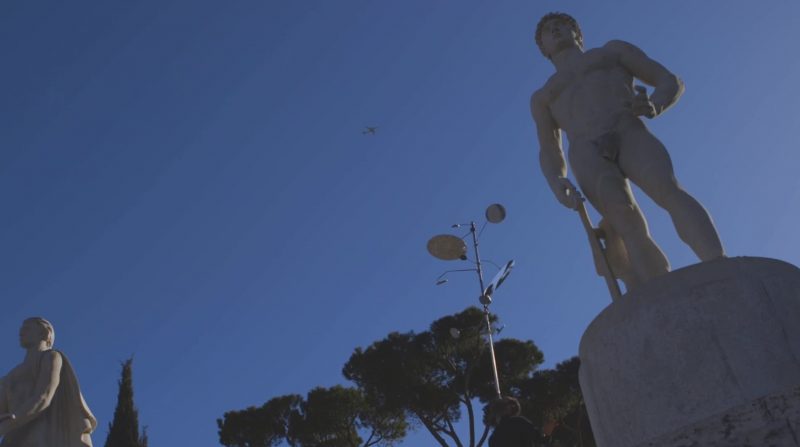
(credit)
Single channel HD video, 17:40 mins
“Work Description
Pre-Image (Blind as the Mother Tongue) re-traces a journey undertaken on foot by Hiwa when he fled Iraqi Kurdistan in the mid-1990s. This long and often dangerous journey — lasting five months and two days and passing through Iran, Turkey, Greece, France and Italy — was an “experience of space and time” and a “fracturing of spatial and cultural experiences.” Each point along the way, whether a city or town, was experienced fractally, and always from below — with no overview.
In this work, the artist uses an adapted balancing device, equipped with motorcycle mirrors, to re-create the disorienting experience of space and time experienced by so many making similar journeys. One mirror reflects what is ahead, another behind, while the others reflect the artist and his immediate surroundings. To walk forward he must balance and control the device, alluding to the effort needed to keep moving and recalibrate oneself to new contexts.
Artist Biography
Hiwa K’s works have been included in group exhibitions including Documenta 14, Kassel (2017); 56th Venice Biennial curated by Okwui Enwezor (2015); Asian Art Biennial, Taipei (2019); 21st Contemporary Art Biennial Sesc Videobrasil, Sao Paulo (2019); Anren Biennale, Sichuan (2019); Yinchuan Biennale (2018); and MOMA Ps1, New York (2019).
Recent solo exhibitions include: Kunsthalle Mannheim (2019); S.M.A.K. Museum, Ghent (2018); KW Institute of Contemporary Art (2017) and KOW Gallery, Berlin (2016). His work has been awarded the 2019 Hector Preis and in 2016, both the Arnold Bode Prize and the Schering Stiftung Art Award.” (credit)
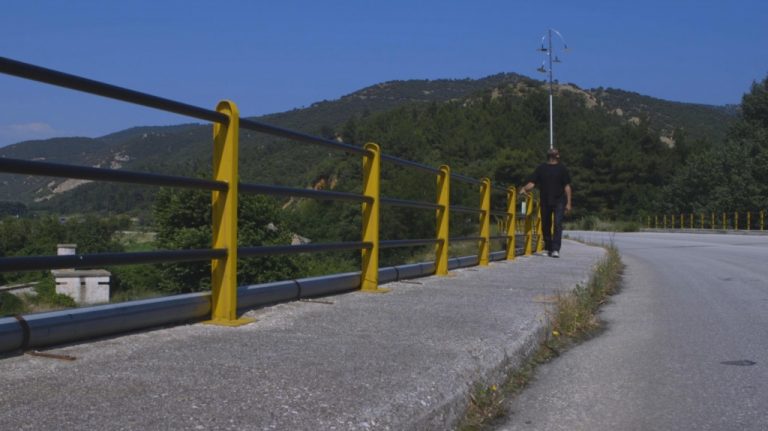
(credit)
Bruce Nauman, Walk with Cantrapposto (1968)
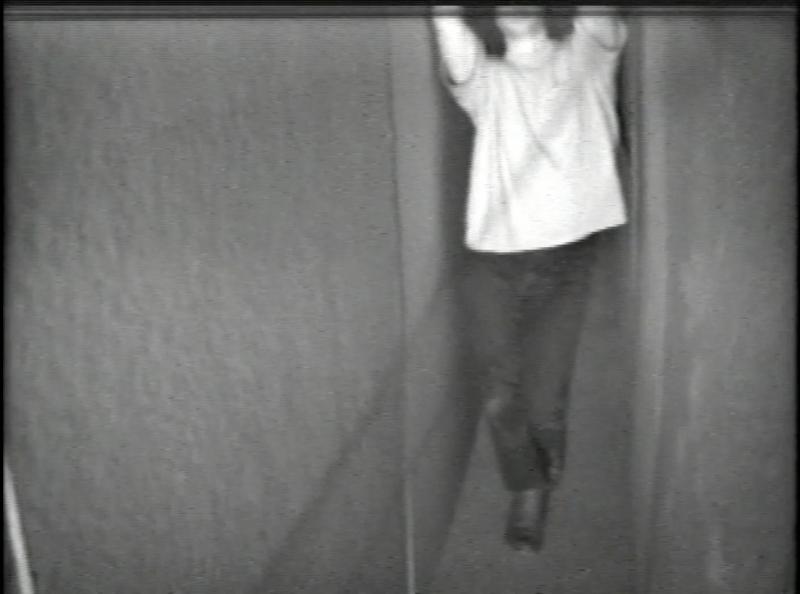
Walk with Contrapposto (credit)
Bruce Nauman, Walk with Contrapposto, 1968, 60 minutes, black & white, sound, Smithsonian American Art Museum
“Bruce Nauman’s films and videotapes hold a prominent place in the history of media art. In Walk with Contrapposto, the camera’s perspective is fixed at the end of a narrowly constructed corridor. Nauman moves through the space, striking poses with each step. His manner and figurative gestures come to define the space through the body of the artist. ” (credit)
Marina Abromović, Shoes for Departure (1991)
“Shoes for Departure”, an art piece by Marina Abramovic (1991). In her artist statement she says, “Then I have crystal shoes. I have instructions for the public to take off your shoes and, with naked feet, put on the two crystal shoes, close your eyes, don’t move, and make your departure. I’m talking about a mental, not physical, departure. So the public can enter certain states of mind helped by the material itself. Material is very important for me. I use crystals, human hair, copper, iron. The materials already have a certain energy. ” (credit)
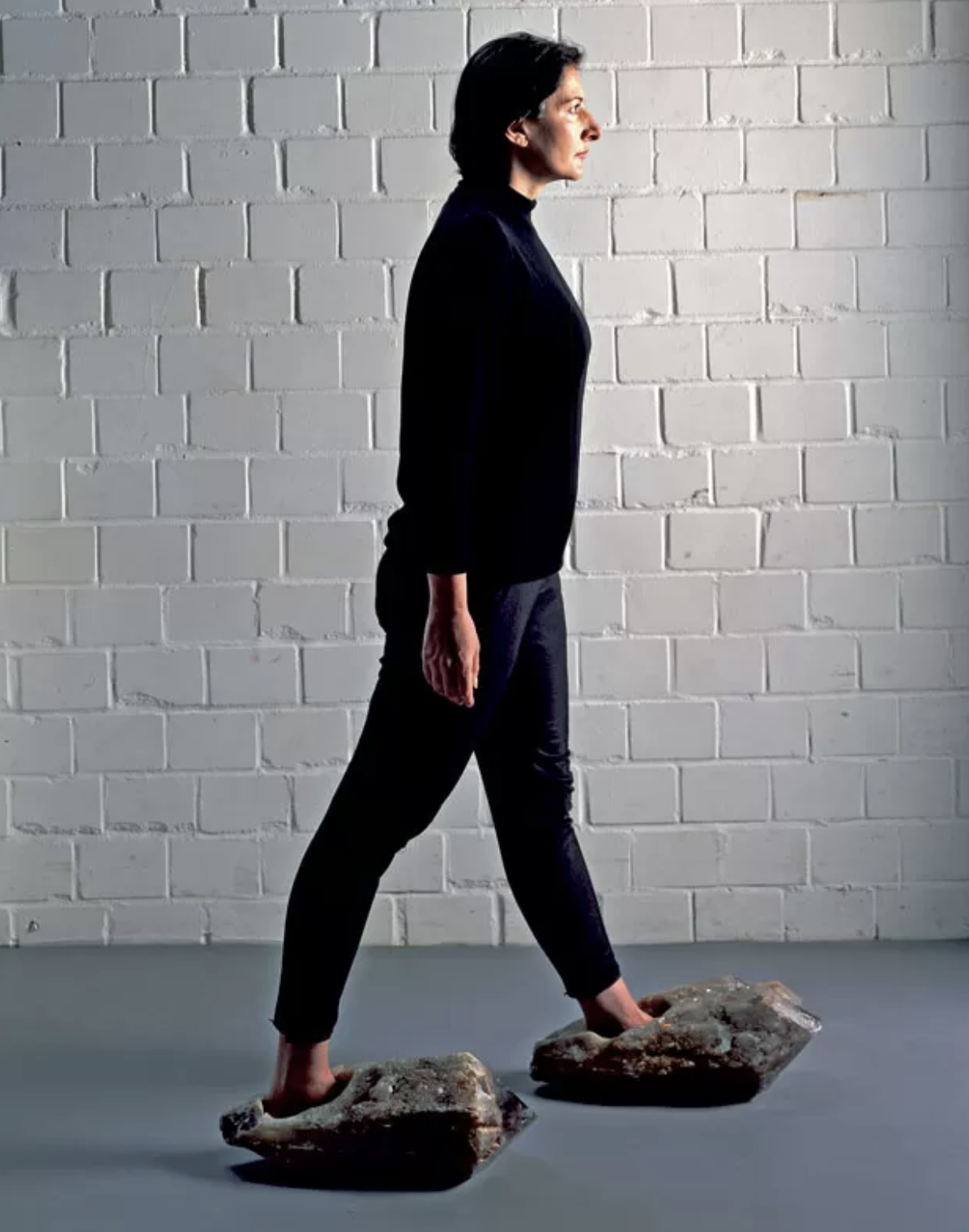
(credit)
Alana Bartol, Sight Unseen: An Un-camouflaging for Guildwood (2014)
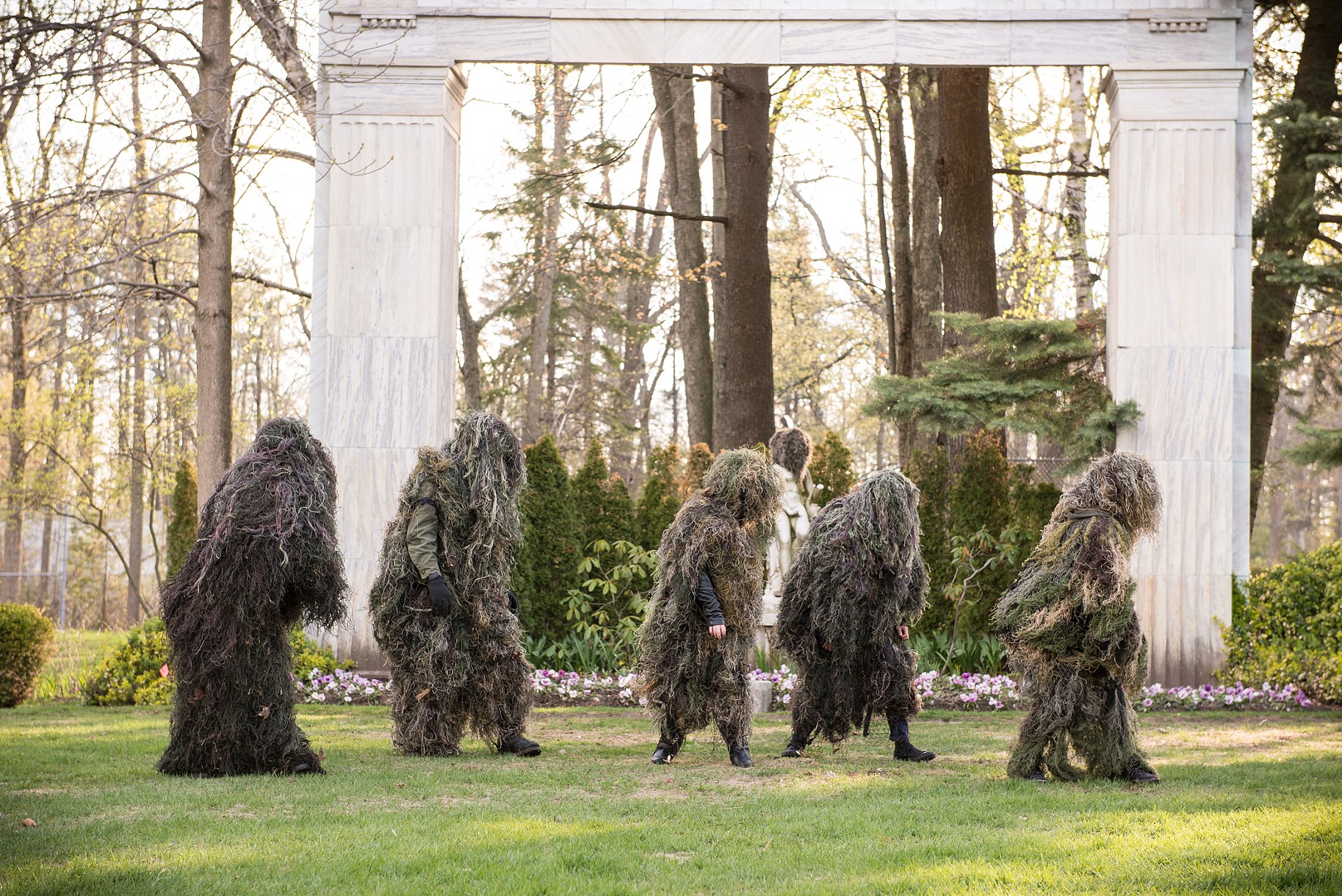
(credit)
“The ghillie suit is traditionally used by military snipers and hunters to camouflage the human body, allowing the wearer to blend into various natural landscapes. Sight Unseen: An Un-camouflaging at Guildwood was part of a series that repositioned the ghillie suit in the open air of suburban space and areas slated for development.
For Restless Precinct, I created a series of “un-camouflagings” in Guildwood Park in partnership with the Community Arts Guild Youth Theatre Troupe, an offshoot of Jumblies Theatre. The project evolved over six weeks, exploring concepts of visibility and belonging through our relationship and engagements with nature and each other. Participants learned how to create their ghillie suits, and together we developed movements in response to the site. Guildwood Park (now Guild Park and Gardens) contains over seventy architectural fragments and edifices. The research revealed that the park was once the location of Bytown II, a military training base for radio operators in the Women’s Royal Canadian Naval Service during World War II. A custom camouflage headpiece was created for a sculpture entitled Musidora (artist unknown) and installed for the duration of the exhibition. This work was a gesture toward acknowledging the invisibility of bodies, histories and contributions at Guildwood Park, including a site specific work created by Ana Mendieta. The culminating performance took place as part of Restless Precinct’s opening events.”
Guildwood is a sculptural sanctuary park in Toronto and has beautiful gardens.
Diane Borsato, Your Temper, My Weather (2013)
“One hundred amateur and professional beekeepers performed periods of guided meditation and slow walking together in the Art Gallery of Ontario’s Walker Court. While exploring the tangible effect of collective stillness, the work created a platform upon which to
reflect on the health and temper of bees and their keepers, and on the policies and environmental conditions that affect our shared future. The work was performed for five hours for Nuit Blanche at the Art Gallery of Ontario.”
Credit: Morrell, Amish and Diane Borsato. Outdoor School: Contemporary Environmental Art. Douglas and McINtyre, 2021. Page 134.
- Nuit Blanche 2013 Diane Borsato: Your Temper, My Weather, 2013
- Nuit Blanche 2013 Diane Borsato: Your Temper, My Weather, 2013
- Nuit Blanche 2013 Diane Borsato: Your Temper, My Weather, 2013
Amish Morrell, Henri Fabergé, Christine Atkinson, Epic Ravine Marathon (2015)
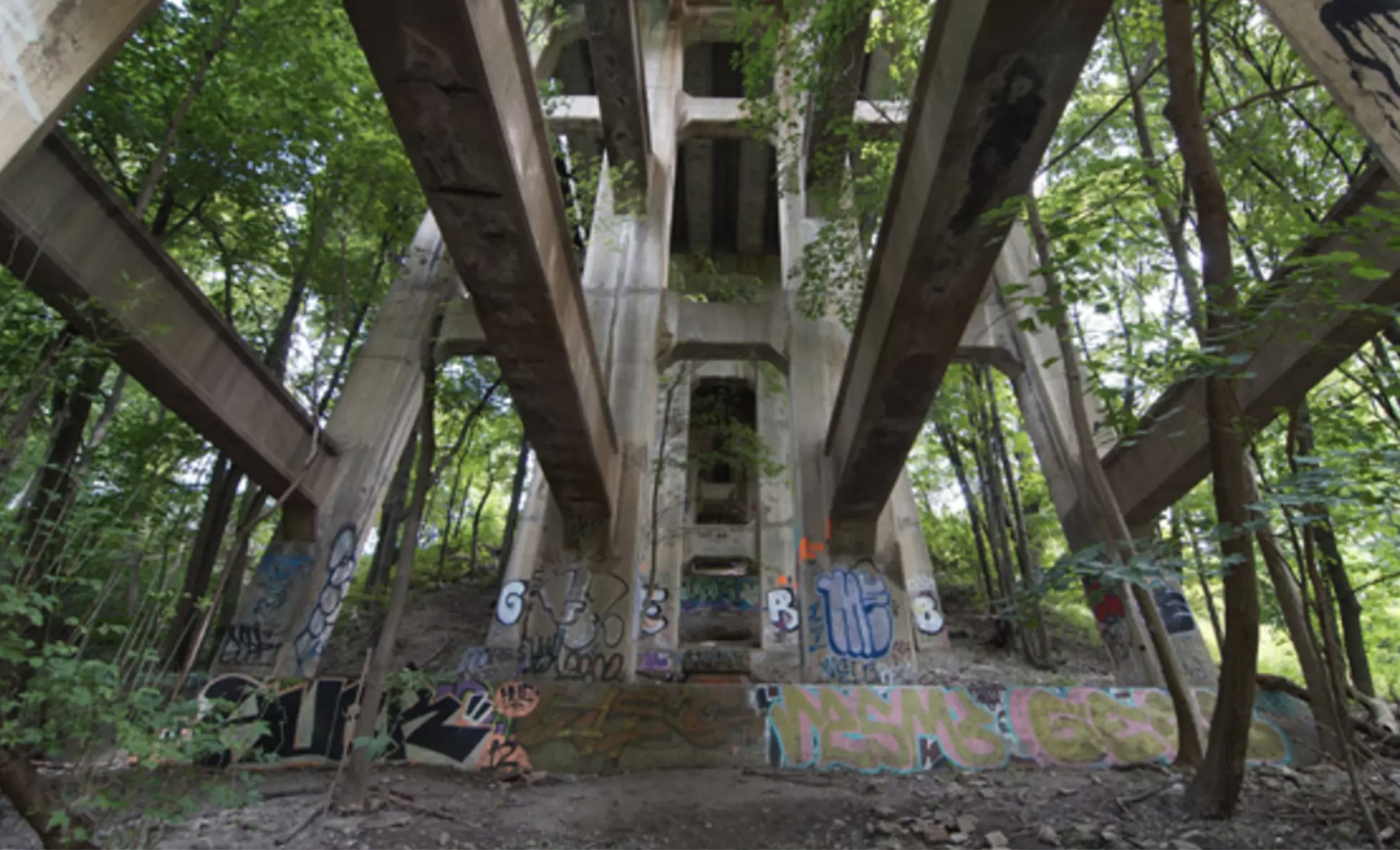
ravine
“On November 15, 2015, more than thirty people, including artists, adventure racers, casual joggers, track champions, walkers and other members of the general public, ran from Old Mill subway station in Toronto to Sherbourne subway station, following four major urban watersheds. The route followed the Humber River from Bloor Street to the Black Creek, crossed the North York hydro corridor north of Finch Avenue, joined the West Don River and followed the main artery of the Don River to the finish at Bloor Street, passing under Highway 401 twice. Covering fifty-five km in total, the route took more than 9 hours and almost entirely followed riverbanks and ravine trails. Two people finished the entire distance.”
Credit: Morrell, Amish and Diane Borsato. Outdoor School: Contemporary Environmental Art. Douglas and McINtyre, 2021. Page 62.
—
“Toronto’s ravine system provides city-dwellers with an urban oasis that’s not often explored. But on Sunday, a small group of Torontonians will run a day-long marathon through these expansive green spaces.
Organizer Amish Morrell, who’s the editor of C Magazine, says these runs aren’t competitive. “It’s not a race at all, it’s really an adventure.”
Morrell notes that his friend and performance artist Henri FabergĂŠ started doing conceptual running routes a few years ago. Together, along with artist Jon McCurley, they ran from Kipling to Kennedy (35 kilometres above ground).
About a year ago, Morrell mapped out a marathon route through Toronto ravines – areas that he regularly explores and runs through. He even cross-country skies the ravines in the wintertime. “A lot of this kind of evolved out of finding different ways of moving through the city,” he says.
For Sunday, he’s planned a 55 kilometre trek between the Black Creek, Finch Hydro Corridor and Don River sections of the ravine. “I would say 90 per cent of it is trail in the ravines and about 50 per cent of that is totally kind of secret, clandestine paths,” though Morrell stresses that the event may not be for everyone.
“It’s a pretty DIY, kind of punk event,” he says. Anyone who decides to join needs to be well-prepared with proper equipment and supplies – a detailed list can be found on the Epic Ravine Marathon Facebook page.
And, don’t expect a timed race. “Our motivations are more about exploration, curiosity, discovering places and learning things about them,” says Morrell. He knows the distance may be daunting and expects many of those who join his small group will tag along for the first 10 to 15 kilometres.
Morrell says that while most of the route is accessible via the TTC, being the in the ravines provides an alternate way to view Toronto. “It totally shifts and transforms your experience of the city.”
Aislinn Thomas, The Slow Walkers of Whycocomaugh (2012)
“Slow Walkers of Whycocomagh and Fast Walkers of Whycocomagh came about to address
what seems like an age-old problem: how to spend time walking with other people who
have an ideal pace different from your own. Negotiating precisely what “slow” and “fast”
looked like on any given day was an interesting part of the experience, as was noticing the different relationships to each other and the landscape facilitated by the different speeds. This piece was originally part of a larger project, the Whycocomagh Skillshare, which was conceived of in response to living in a rural context, in an intentional community that centres people labelled with intellectual disabilities. The skillshare took form as an ongoing series of free workshops, presentations and activities and was an attempt to actively seek out connection, engagement and exchange while challenging normative ideas of expertise and value. Since then, the slow walking groups have taken place in a mall in Mississauga, along rivers and downtown streets in Cambridge and on a mountain trail in Banff.”
Credit: Outdoor School: Contemporary Environmental Art edited by Amish Morrell and Diane Borsato. Page 120.
